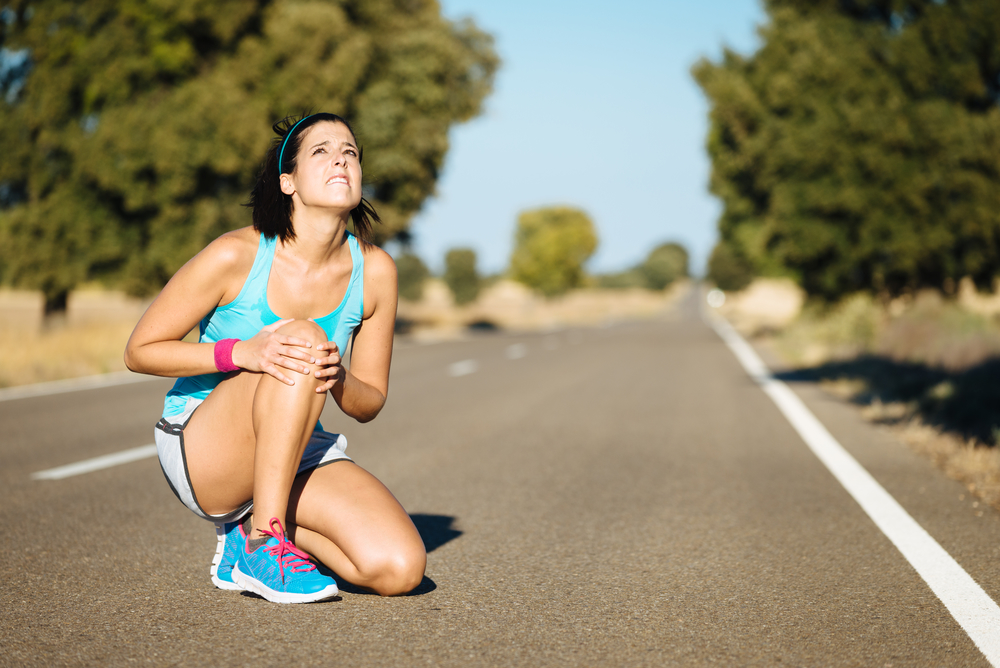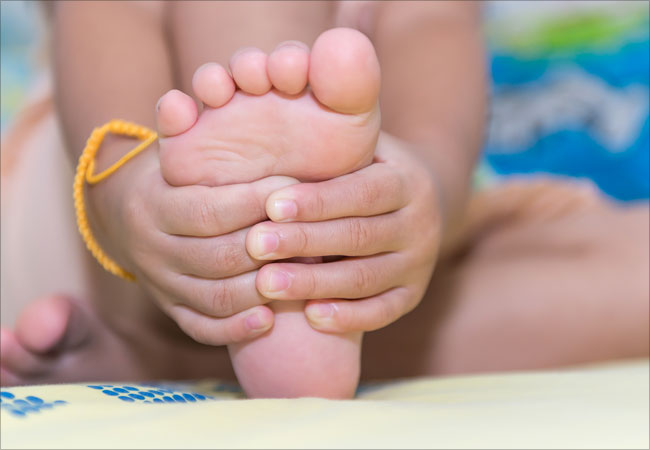No-one likes an injury
Our Williamstown Physio’s & Osteo’s don’t like to admit it but playing sport has its downfalls, with arguably risk of injury being the big one.
We all know someone who has been badly injured – whether that’s ourselves, our teammates, our coaches – ultimately you’re putting your body on the line. But we play because we love it and, for us, that’s as good a reason as any.
Problem is injuries are on the rise. Depending on your sport, your knees could be most at risk. Particularly if you’re female, you are several times more likely than your male counterparts to sustain a knee injury during a pivoting/change of direction sport. Ouch!
We see this on an elite level too. We’re into the opening rounds of the AFLW Season 3.0 and already 4 players have sustained ACL injuries. Last season was a similar story. In any sport which requires jumping/landing, quick and unpredictable change of direction and/or physical contact, the same concept applies.
But why is this? Several reasons. Environmental, social, intrinsic and extrinsic, structural and biomechanics factors all have a role. Plus a lot of bad luck. Many we can do nothing about, but some we can.
Unfortunately for ladies, your anatomy is against you. Connecting your hips, knee and ankle you have something called your “Q-angle”. Simply speaking, this angle is a way of measuring the influence of force and movement on your joint biomechanics. In an average male, their Q-angle is roughly 10 degrees, whereas the average female Q-angle can be up to 15 degrees due to the presence of a wider pelvis and different joint positions, particularly the knee and patella. Research shows there is an association between patellofemoral pathology (knee pain) and patella tracking issues. Furthermore, one of the mechanisms of an ACL injury is a ‘valgus knee position’ when the knee dips inward toward the other leg, another common factor of a larger Q-angle.
But it’s not all doom and gloom. Yes, there are many factors predisposing you to injury that we cannot control. But, there are more structural movement-based components that we can change. A huge player in your knee stability, strength and function is actually your hips. A tree is only as strong as its roots, so looking into your hip strength and control can become the first thing in your injury prevention programme.
Secondly, how are those ankles? You may have rolled them several times before and believe they are loose and wobbly, but are they also stiff? Every time you place your foot on the ground, the forces travel up into your leg. If your foot and ankle aren’t functioning well enough to tolerate those forces as they should, the next joint up the chain is your knee. Seeing a common theme here?
Now, let’s talk about your hamstring, quadriceps, adductors and calf strength. All of these muscle groups attach around the knee joint, and all have a huge role to play in the sporting environment. Do they work together like they should?
Ultimately, addressing what we can change and getting involved as early as possible in an injury prevention programme will continually improve your chances of playing your sport injury-free. And if you run faster, jump higher, kick further? Well that’s just an added bonus.
Come down to Williamstown Health + Lifestyle where we are still running our Free 15min Physio Assessments. Let’s discuss the injury prevention that’s right for you, so you can keep you doing the things you love.




